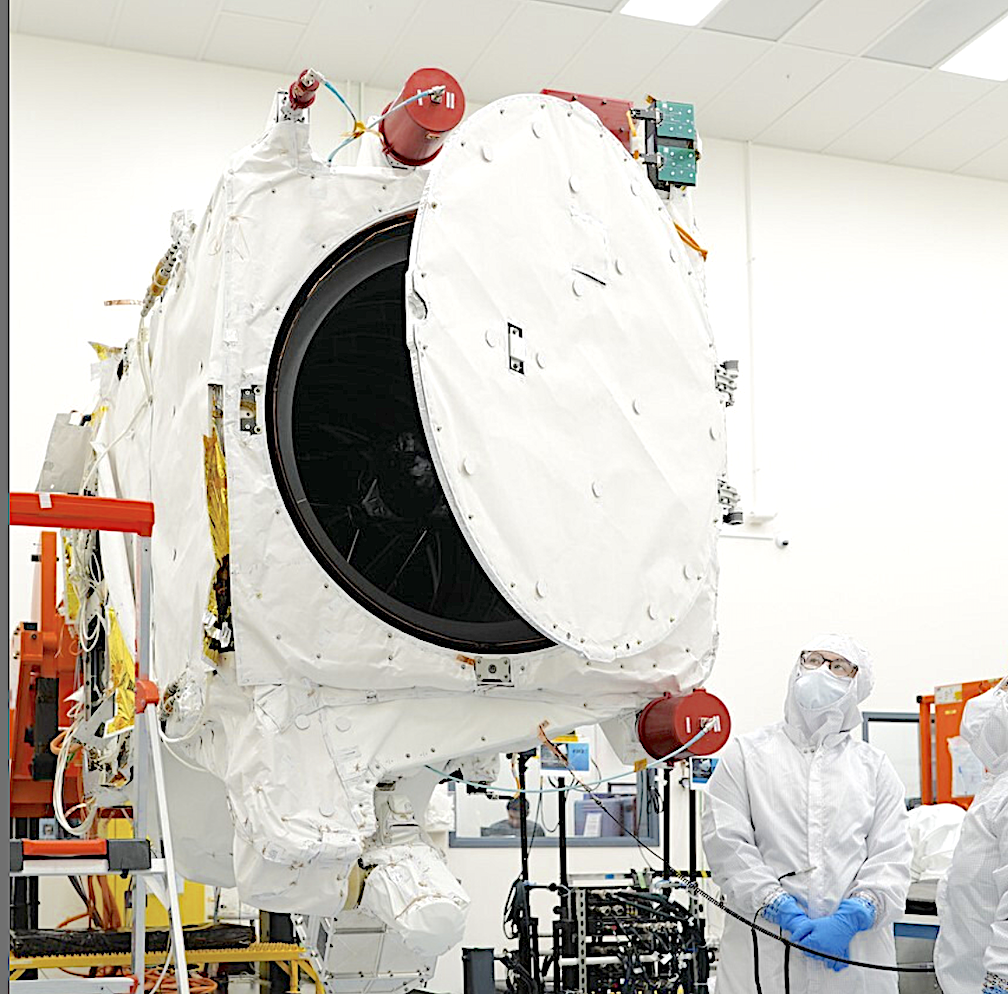
The WorldView Legion mission was postponed the day before launch and, with support ship Go Beyond now returned to the Port of Long Beach and the listing removed from the FAA Operations Plan Advisory, could be delayed for some time.
The booster, which had yet to be confirmed, was expected to return to land on the pad at Landing Zone 4 located around 400 meters away from the launch mount.
After stage separation, the Falcon 9 booster will make a land landing (land-to-land-landing) at the Landing Zone 4 (LZ-4) at the Vandenberg Space Force Base. WorldView Legion is a planned series of high-resolution earth observation satellites from the US company Maxar Technologies.

We developed a new telescope for the WorldView Legion satellites in partnership with Raytheon. The telescopes collect the high-quality images that customers have come to expect from us, but the telescope is smaller and requires less power.
They are intended to replace the capacities of the WorldView-1, WorldView-2, and GeoEye-1 satellites. SSL (formerly Space Systems/Loral), a subsidiary of Maxar, is building the satellites. Raytheon, a subsidiary of RTX Corporation, will provide the cameras.
The satellites will be able to record panchromatic resolutions of up to 0.29 meters. Images with resolutions of up to 1.16 m should be possible on a multispectral level. The satellites can photograph the exact locations up to 40 times a day. A total of two satellites will operate in a polar orbit and four satellites in a sun-synchronous orbit.
A Falcon 9 was originally scheduled to launch from SLC-4E at Vandenberg Space Force Base on Wednesday, April 17, at 11:30 AM PDT (18:30 UTC), taking two satellites massing a total of 1,500 kilograms into a Sun-synchronous orbit.
